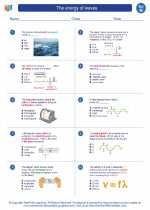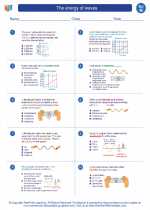Punnett Squares
Punnett squares are a useful tool in genetics to predict the possible outcomes of a genetic cross between two individuals. They were developed by British geneticist Reginald Punnett in the early 20th century and have since become a fundamental part of understanding and predicting inheritance patterns.
How Punnett Squares Work
When predicting the outcomes of genetic crosses, it's important to understand the concept of alleles. Alleles are different versions of a gene that can produce different traits. In a genetic cross, each parent contributes one allele to their offspring.
To use a Punnett square, you first need to identify the alleles of the parents for a specific trait. For example, if you're looking at the trait of flower color in pea plants, the alleles might be represented as "R" for red flowers and "r" for white flowers.
Next, you create a Punnett square by drawing a grid with the alleles of one parent along the top and the alleles of the other parent along the side. You then fill in the boxes with the possible combinations of alleles that their offspring could inherit.
Study Guide for Punnett Squares
1. Understand Alleles
Before diving into Punnett squares, make sure you understand the concept of alleles and how they determine traits in organisms. Practice identifying alleles for different traits and understanding how they are inherited from parents to offspring.
2. Practice with Monohybrid Crosses
Start by working on monohybrid crosses, which involve one specific trait. Practice creating Punnett squares for different monohybrid crosses and predicting the possible outcomes of the genetic crosses.
3. Explore Dihybrid Crosses
Once you're comfortable with monohybrid crosses, challenge yourself with dihybrid crosses, which involve two different traits. Practice creating Punnett squares for dihybrid crosses and understanding how alleles for different traits can combine in offspring.
4. Understand Probability in Genetics
As you work with Punnett squares, it's important to understand the concept of probability in genetics. Remember that the outcomes predicted by Punnett squares represent the likelihood of specific traits appearing in offspring based on the combination of alleles from the parents.
5. Apply Punnett Squares to Real-World Scenarios
Finally, apply your knowledge of Punnett squares to real-world scenarios. Consider how genetic traits are inherited in humans, animals, and plants, and use Punnett squares to predict the possible outcomes of genetic crosses in these contexts.
.





